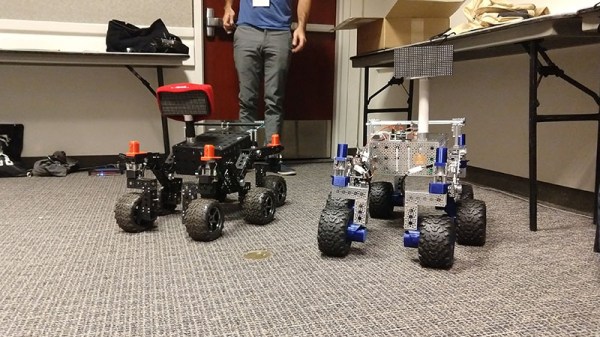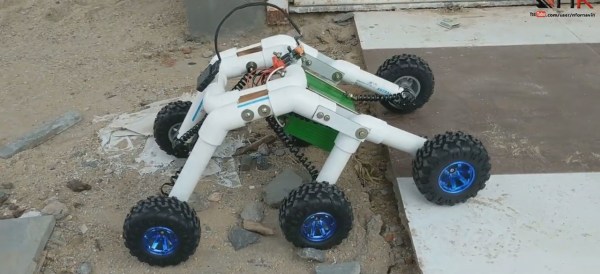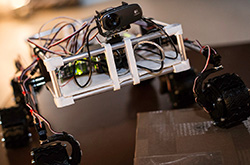There are plenty of ways to go about learning to TIG weld. Most involve a series of practice parts making butt joints and welding together various sections of pipe. [Kris Temmerman] decided to go a little bit farther, however. The result is a kid rover that’s sure to be the envy of every neighbourhood child for a few zipcodes around.
The chassis is an all-aluminium affair, making TIG welding the perfect choice for the job. Of course, [Kris] wasn’t content to simply build a basic go-kart or buggy. This sweet ride is inspired by the rocker-bogie designs of NASA’s Mars rovers, giving it the ride height and flexibility to roam over serious obstacles. Naturally, there’s six-wheel drive and four-wheel steering to complete the dynamic package. It should also be noted that yellow wheels are a stunning design choice that we just don’t see enough of.
It’s a beautifully crafted vehicle, and a testament to [Kris]’s machining and design skills. We can’t wait to see it given a shakedown run on the muddy fields of Belgium. If you’re eager to start your own rocker-bogie build, NASA’s got the open source designs to get you started. Video after the break.






 First up in the ‘real life science fiction’ category is
First up in the ‘real life science fiction’ category is 
















